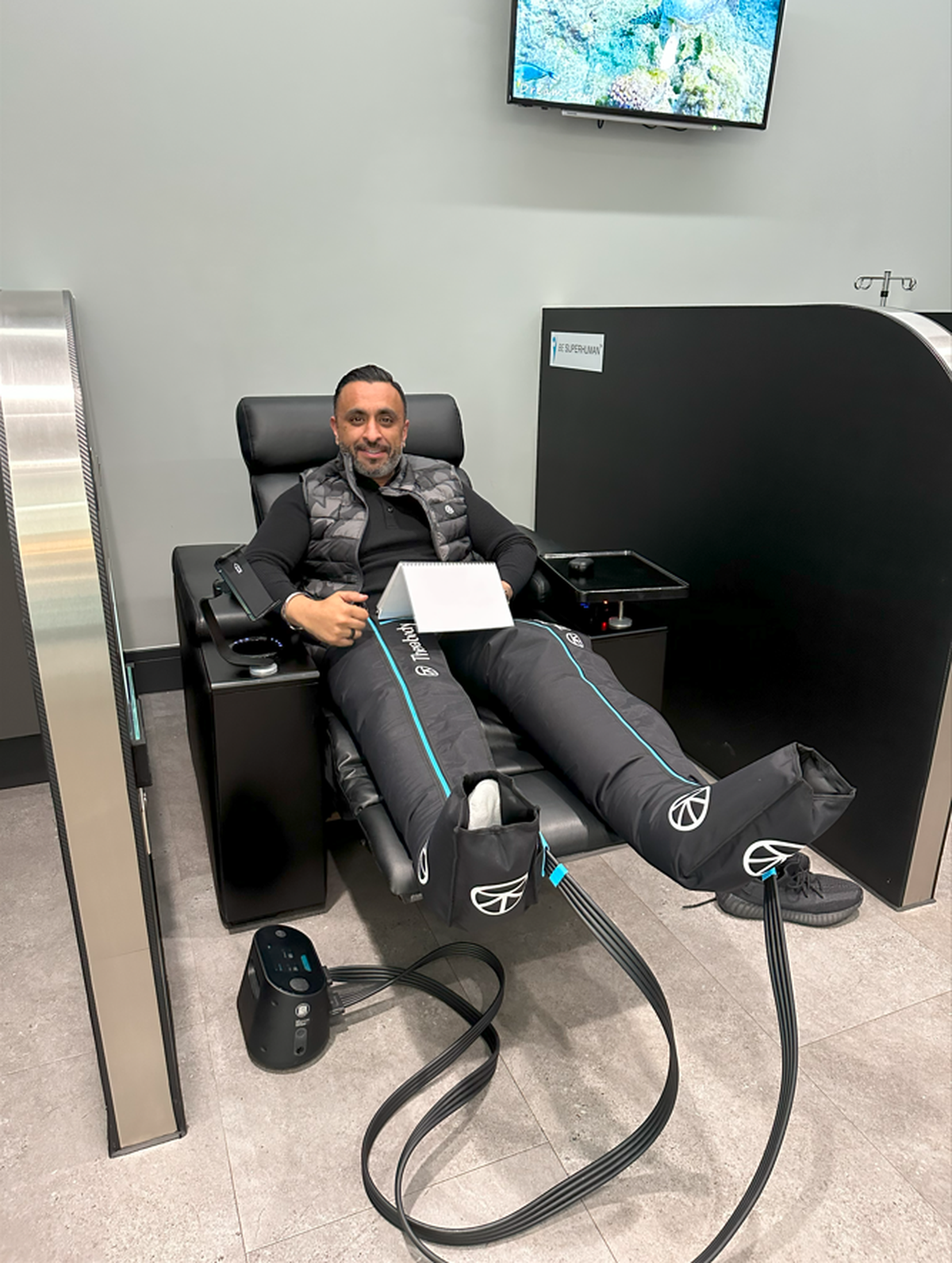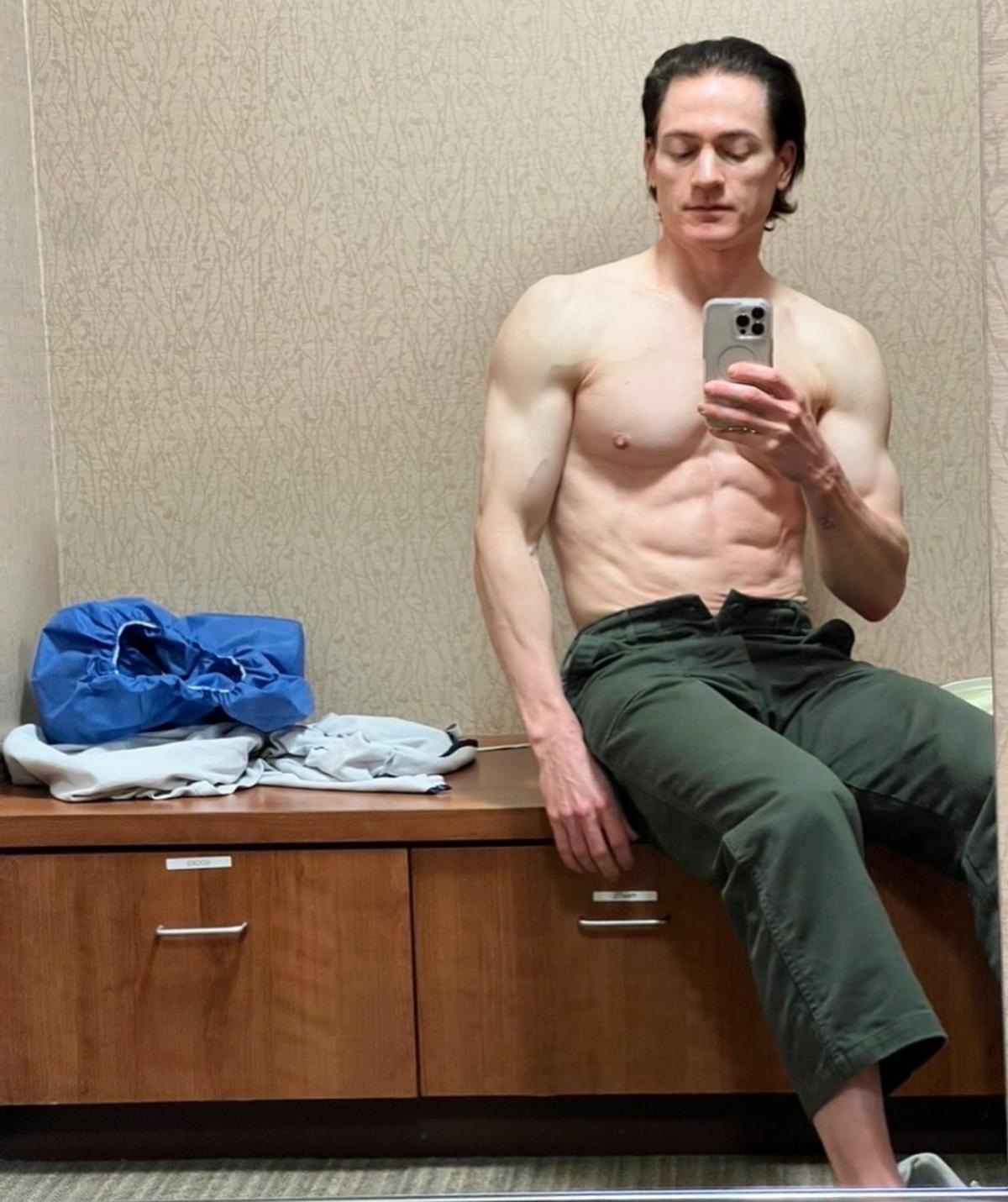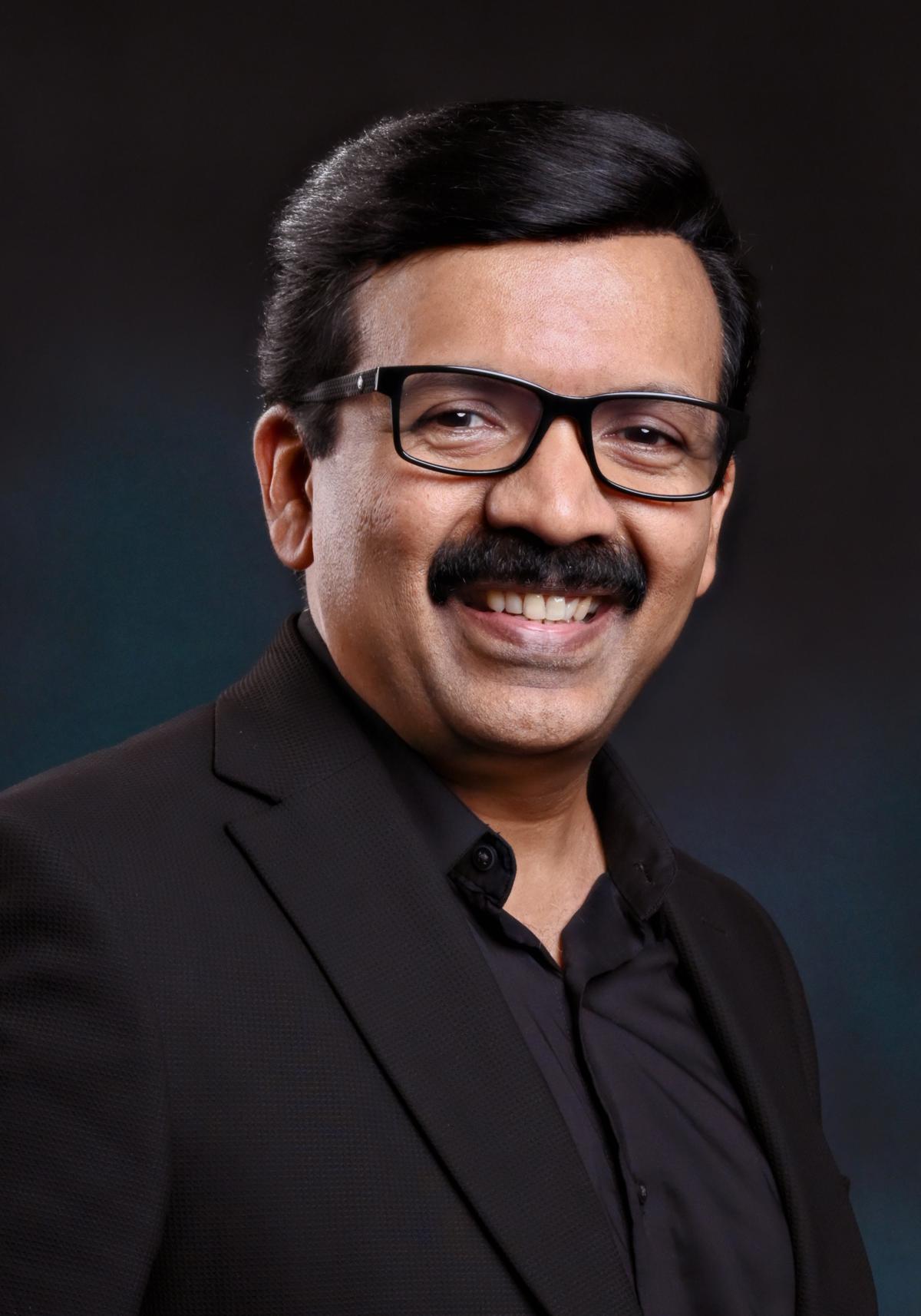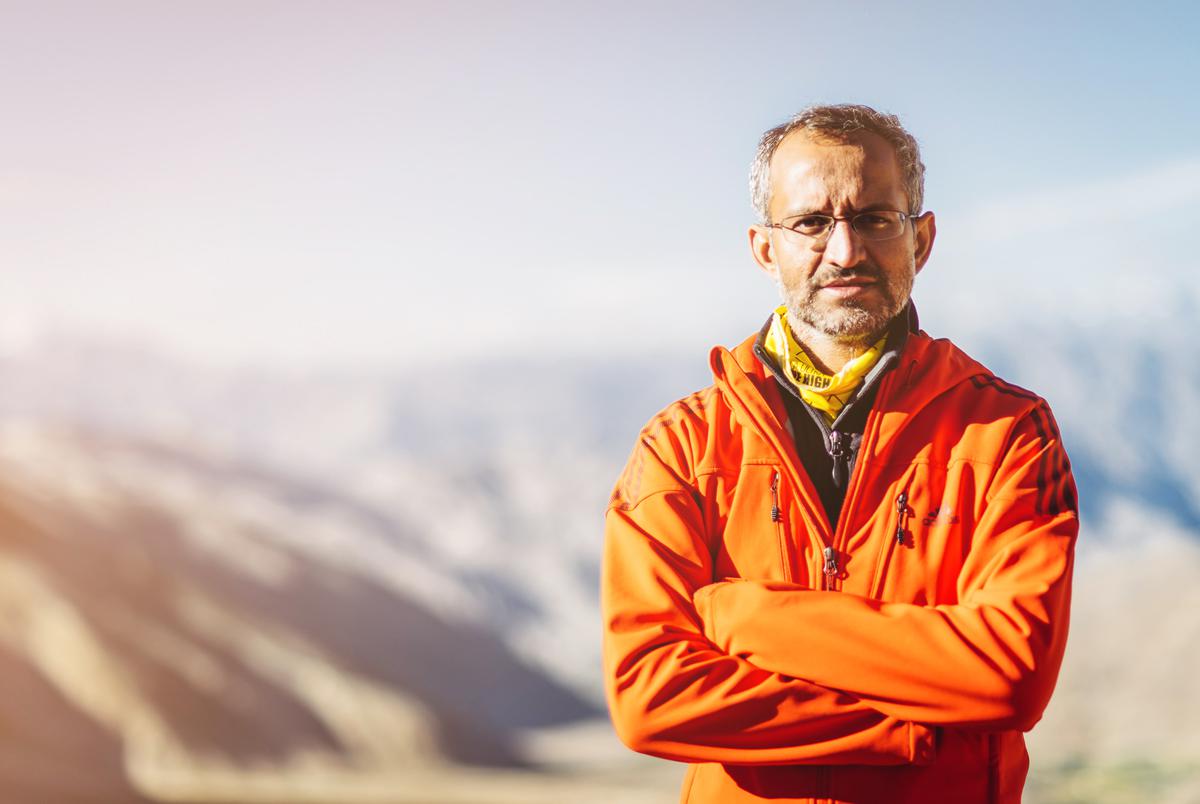[ad_1]
Jag Chima calls himself a leader, not a follower; this comes with its own gruelling routine. The first thing the 45-year-old entrepreneur does each day, even before brushing his teeth, is take a two-minute ice-cold shower that helps “set the trajectory for my mood, my energy, my vibe”. This is followed by praying and meditation, after which he hits the gym. His nutritional intake is equally conscientious: he follows a strict keto diet, and fasts for 23 hours twice a week — a phenomenon called OMAD (one meal a day), which serves as “an internal cleanse and helps regenerate new cells in the body”.
In addition, Chima, who alternates between London and Delhi, unfailingly does red-light therapy every night, courtesy a portable device he carries with him; cryotherapy three times a week; hyperbaric oxygen therapy at least twice a week; and IV therapy twice a month. He takes a cumulative 13 supplements on a daily basis, ranging from KSM-66 ashwagandha (to reduce stress) to methylene blue (to boost immunity). And he grounds himself whenever possible, i.e., walks barefoot on the ground, grass or the beach, depending on where in the world he is. Like J.R.R. Tolkien, Chima too believes in ‘one ring to rule them all’ — in his case, an Oura ring that is always on his index finger, which apprises him of heart rate variability, oxygen and stress levels, and most importantly, his sleep quality. Welcome to the world of biohacking.

Jag Chima
Silicon Valley origins
For the uninitiated, biohacking involves the use of science, biology, and DIY experiments — everything from measuring sleep patterns to injecting a younger person’s blood into your veins — to ‘hack’ or upgrade your body. The term was coined by Dave Asprey, an entrepreneur and author, back in 2011, who kicked things off with the introduction of bulletproof coffee: a combination of coffee, MCT oil, and grass-fed butter, a biohack to help start your day with a caffeinated but energy-rich drink. For Asprey, biohacking meant “changing the environment outside of you and inside of you so you have full control of your biology”.
Over the years, it was picked up by Silicon Valley executives and tech-bros, who were only too ready to push their body to new limits. As one Vanity Fair article put it, “You’ve got the Dorseys [Twitter co-founder] of the world bragging about how little they eat each day, the Zuckerbergs boasting of killing their own food [he only ate meat of animals he killed himself], and an army of nerds now wearing every tracking device imaginable”. Taken to its extreme, this can become a pursuit to stop ageing altogether.
The most well-known face of this community is Los Angeles-based multi-millionaire Bryan Johnson, whose obsession with not dying has become the stuff of lore. If Chima’s routine seems extreme, Johnson’s is almost unbelievable, and involves, among other things, a team of 30 scientists who measure him every day, 111 nutritional supplements, a penile device that measures night-time erections, and blood transfusions from his 17-year-old son — adding up to a cumulative expenditure of $2 million annually. The tech entrepreneur claims to have reversed his age by 5.1 years and is now sharing his secrets through his wellness company Blueprint. On April 4, he launched Blueprint Stack, which includes a drink mix, protein, eight pills, snake oil, and more for $343 a month.

Bryan Johnson
| Photo Credit:
@bryanjohnson_
An IV as a lifestyle choice
In the last few years, particularly post the pandemic, biohacking has found purchase with consumers across the world. In India, it has found its most obsessive followers in metros such as Delhi and Mumbai, where money is abundant and wellness is the latest buzzword. Biohacking is slowly making inroads into Tier II and III cities too, courtesy a social media-savvy biohacking community.

“There is a lot of research being done now on how to support the body’s bioregulatory systems and do away with issues such as neurodegenerative disorders. This is where the interest in biohacking comes in. The problem arises when this becomes a business. Doctors are wary because the idea is oversold, and the promises being made are not in keeping with what is happening at a clinical level”Manjari Chandra Functional nutritionist

For Chima, the goal is simple: to be superhuman. In fact, that’s the name of his biohacking company, Be Superhuman, under which he plans to launch centres in Delhi, Mumbai and Hyderabad later this year; he already has two centres in London. In the next few years, he envisions people going to biohacking centres like they would the gym. “Most people who see someone with an IV in their arm will say ‘get well soon’ because they think they’re sick. But going forward, this will be a lifestyle choice.”
For others, the induction to biohacking has been more modest. It comes from a place of having exhausted all other options. In the early 1990s, Manish Saraf was an ambitious 19-year-old in Raniganj, West Bengal, with dreams of joining the Army. However, when working out in the gym one day, he was suddenly unable to bend his knees. Slowly, the inflammation spread to his other joints, and he was practically bedridden. On the cusp of 20, he was diagnosed with juvenile idiopathic arthritis, an autoimmune condition, and put on strong medications for life. Far from joining the Army, day-to-day living became a struggle for him. In search of an alternative, around five years ago, he came across the biohacking community through a friend, and was intrigued.

Manish Saraf
He enrolled in Kochi-based wellness solutions company Vieroots’ Eplimo (Epigenetic Lifestyle Modification) programme, which used genetic and metabolic tests to give him a slew of customised health and lifestyle interventions. Saraf was already in remission and had stopped his medication, but within a week of adopting Eplimo’s suggestions, he claims all his lingering pain disappeared, too.
Sajeev Nair, founder of Vieroots, is one of the most vocal proponents of biohacking in India. He believes that biohacking ultimately boils down to data and its interpretation. The more data you have on your body’s mechanical functions, the more you can optimise the machine that is you. “If you treat ageing as a disease and try to fix that one issue, you may be able to fix many other health and lifestyle problems,” he says, emphasising that all interventions should have scientific backing.

Sajeev Nair
One of the premises of biohacking is hormesis — the idea that controlled stress is good for your body. For instance, exercise and ice baths are hormetic stressors that trigger adaptive responses, such as activating antioxidants, which in turn boost resilience. But too much stress, and the body won’t adapt; it might even trigger inflammation. Which is why Nair steers people away from blindly experimenting at home. “They should consult experts like us who can guide them correctly.” Since it started in 2020, Vieroots has grown from a couple of hundred customers every quarter to 250 every month.

“Is everyone jumping on the biohacking bandwagon to make money? Peter Attia, a physician focusing on longevity, is reportedly charging $150,000 for his services. Is the world only meant for the rich? If you can sort out the basics such as fresh air, water and food, we don’t need to be talking about all of this”Rajat ChauhanRace director – La Ultra, and sports medicine physician

DIY isn’t always good
Nair’s hacks seem all the more incredible, given that he isn’t a doctor by profession; he has done an M.Sc in Analytical Chemistry, followed by an MBA. But this isn’t surprising among biohackers. A lot of them have functional medicine practitioners on board (Nair has a functional medicine practitioner with an MBBS, along with a homoeopathic and Ayurvedic doctor), but their own qualifications range from nutrition coach, to gym trainer, to performance psychologist. That’s the whole point of the DIY, experimental quality of ‘biohacking’ — it appears that anyone can do it.
But can they really? Ennapadam S. Krishnamoorthy, a neurologist and founder of Buddhi Clinic in Chennai, observes that with the availability of information online, it is natural to want to be in charge of your own health. But not all interventions are safe. For instance, he gives the example of tDCS (Transcranial Direct Current Stimulation), a technique that uses low level electrical currents to stimulate the brain and is used to treat depression, cognitive impairment and the like. But now, tDCS kits are available online, and biohackers are using them at home for things like sports enhancement and corporate performance. This, says Dr. Krishnamoorthy, can be dangerous as unsupervised use can cause confusion, and actively harm someone prone to seizures. “This is a classic example of technology that, in the right hands, is treatment, but in the wrong can become impairment.” He believes that all biohacking clinics should have an allopathic doctor on board, since “it remains the most well regulated form of medicine and continues to be our safety net”.
Ennapadam S. Krishnamoorthy
Hackers to know
Amazon’s Jeff Bezos and Paypal’s Peter Thiel have invested heavily in biohacking — Bezos in the “rejuvenation” company Altos Labs, and Thiel in the research of anti-ageing scientist Aubrey de Grey. Meanwhile, Ben Greenfield, a well-known fitness consultant, biohacker and triathlon runner from the U.S. — whose clients include Twitter co-founder Jack Dorsey — is planning to collaborate with entrepreneur Mukesh Bansal to set up a chain of biohacking centres in India.
Perfect or imperfect?
As of now, India has no regulations that directly govern biohacking. In 2016, the FSSAI (Food Safety and Standards Authority of India) came out with a set of regulations for nutraceuticals, though their implementation remains doubtful. The CDSCO (Central Drugs Standard Control Organisation) too has guidelines around the production and distribution of biological products, including vaccines and gene therapies, but this hardly covers the entire gamut of biohacking activities.
Critics would argue, and rightly so, that research around the efficacy of biohacking remains shoddy. Do nutraceuticals make you healthier? Do blood transfusions make you younger? There is no conclusive evidence to suggest so, and experiments by the Bryan Johnsons of the world prove nothing. In fact, in many cases these experiments can do real harm. Take the case of Jo Zayner, an American biohacker who has experimented with editing his own genes and now runs a company that sells CRISPR kits, which allow you to edit your own DNA — a dangerous practice that can lead to life-threatening mutations.
At its best, biohacking is about taking control of your own health, but at its worst, it can veer into pseudo-scientific peddling that does more harm than good.
[ad_2]
Source link





